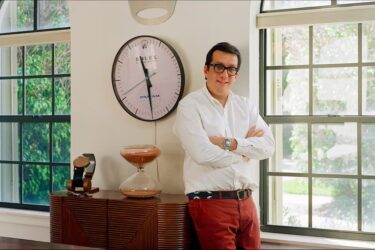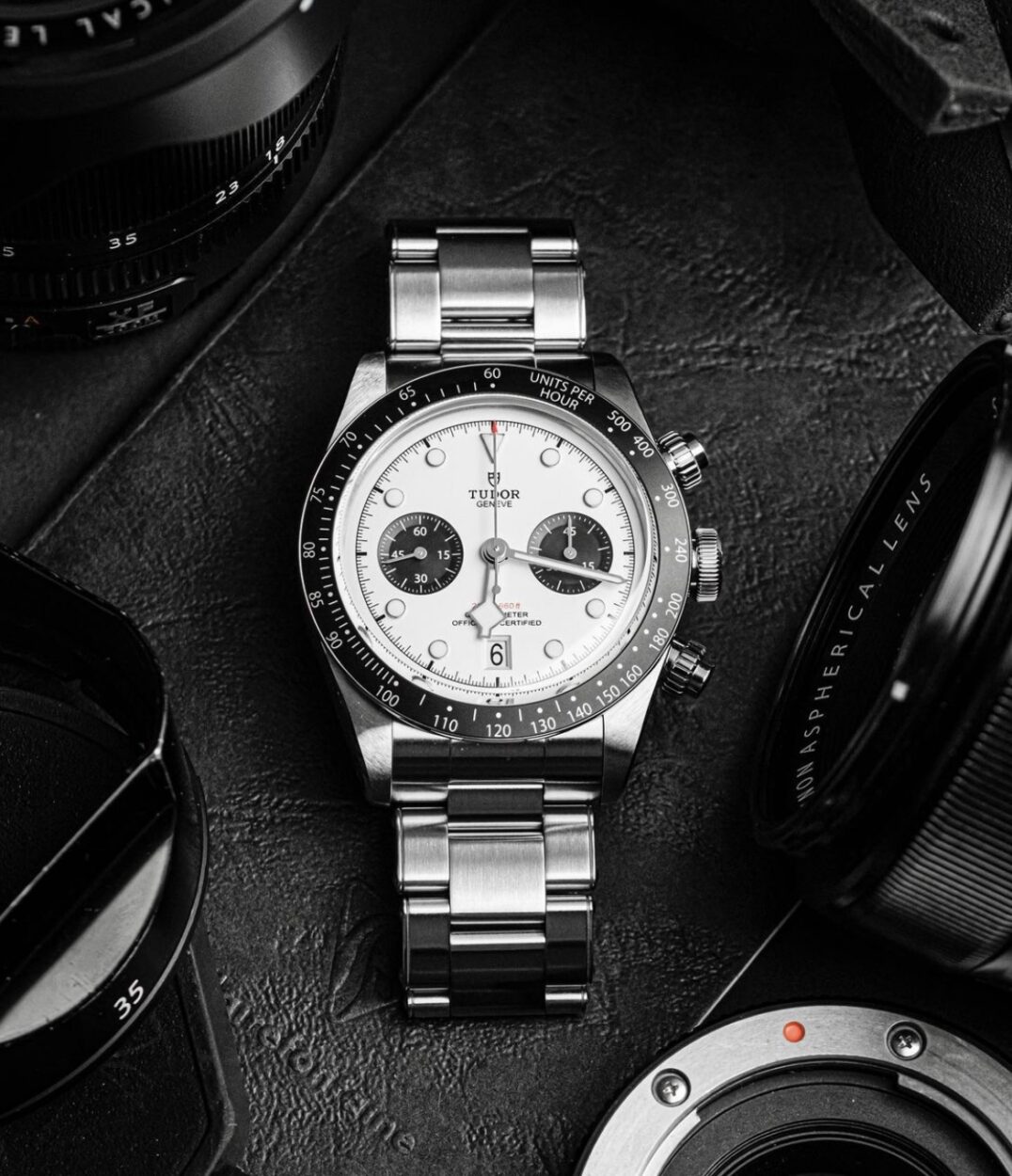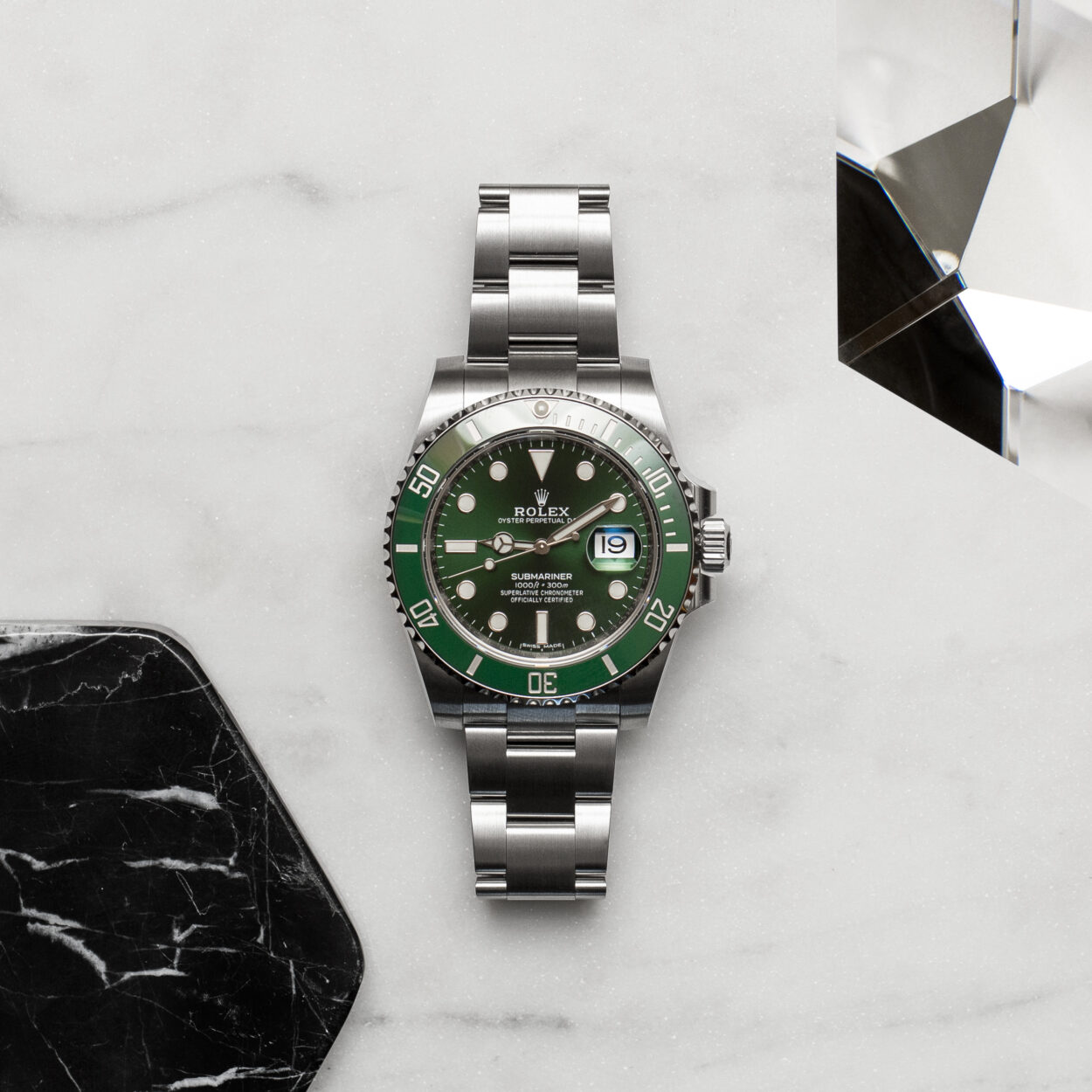Voted as Vintage Watch Expert of the Year by Robb Report, Eric Wind is one of the industry’s most respected figures. Anything that Eric doesn’t know about vintage watches isn’t worth knowing.
Having sat down with the man himself it has become apparent that watches are more than just a passion for Eric. We discuss current industry trends given the current health crisis, we discuss Wind Vintage and his time at Christie’s auction in New York.
He’s held many interesting pieces and been part of some momentous occasions in the industry. Eric shares not only his history and the history of watches but also gives us some foresight into what may become hot in years to come. It’s safe to say, this is an interesting read.
(JL) First and foremost, how are you? How’s life? How is the situation over in America?
All good! Thankfully the vintage watch market and the watch market, in general, have been very strong. I suppose going into March 2020 [sic] no one really knew what was going to happen. The first week or two, when we had the lockdowns in the US, it was slightly concerning but then the phone began ringing like crazy; people were looking for watches.
They were hungry to buy certain pieces and it basically led to a real shortage on the market. There are not tonnes on the market now, a lot has been purchased and put away by collectors.
So that has all been positive. I feel the vintage market had a bit of an awakening as a result of this. People pursuing their hobbies. I would say over the past two years modern almost overshadowed vintage, with the crazy rise in value, during 2018 and 2019, for stainless steel watches, in particular Rolex and Patek Philippe.
That hasn’t necessarily subsided completely. I think that watch people, those who are collectors really had an awakening, a lot of people who are modern watch collectors have now bought vintage watches as a complement to their modern pieces and to rejigger their portfolio.
(JL) And everything going well on your end of the market?
(EW) Yes absolutely, I’ve sold more vintage watches than ever before and have been very busy. More things to do than time to do them. And very happy of course to be weathering the COVID storm in Florida, rather than a big city.
(JL) If we rewind to February or March 2020, when the health crisis really began, do you think that the trends we’ve seen with the watch market were foreseeable?
(EW) I had hoped that by people staying at home they would pursue their hobbies and there would be a resurgence, even if it wasn’t a rise in new collectors, people would at least have the time to pay attention to watches, even the ones they haven’t owned.
I’ve seen a lot of new collectors come into the picture; it’s even reflected by the Geneva Auction where there were north of two thousand registered bidders, recently. At Christie’s, the Geneva Auctions would have four or five hundred registered bidders, so it’s quadrupling the number of people who are serious about vintage and high-quality modern pieces.
I think given the trajectory in growth and interest, it wouldn’t surprise me that in five or ten years’ time, we may see ten thousand registered bidders. I think prices would rise a lot, so it would be good and bad. I think there’s really positive growth in watches across the board. The overall situation for the market has been really positive.
(JL) It’s almost been an adverse effect really, with all the negativity of the health crisis we see a positive, for us as a community.
(EW) Definitely, I’ve been involved with some online communities too which has been great, seeing collector clubs sharing information and staying connected throughout.
(JL) So if we can go back to the very core of your journey, why watches in the first place?
(EW) I think people talk about whether you have a collector gene, I think that can apply, some people just don’t have that gene. I know a lot of wealthy people who have the means to wear expensive watches but wear a Swatch or a Timex and are perfectly happy.
I think I had the collector gene, I guess it started with sports cards and coins and stamp collections. Things that were inherited mainly. It’s cool because watches are a blend of so many fields; technology, art and industry and then of course history. Many pieces are linked to key events, they could be presidential watches or from key moments in history. It really is a blend of all these cool things. Even fashion is another key element. If we are going deeper, even graphics and fonts play a large part for me. They really do have to blend so many worlds to create these final pieces.
(JL) So you had the collector gene, but I imagine there was one key watch that got you hooked?
(EW) I was very interested in Rolex Submariners and then I was interested in Omega for the James Bond connection. I then came across Hodinkee, very early on, and stumbled across a Paul Newman Daytona and that stopped me in my tracks, it didn’t look like any other Rolex.
Then you have Big Crown Submariners. I also got into Heuer as I thought racing was cool. One of the first vintage watches I bought actually was a vintage Heuer Carrera and then the rest was history.
(JL) Do you still own that particular Carrera?
(EW) I sold it, unfortunately. I think early on it’s good to sell a little bit to see what you like. One of the best bits of advice I’ve heard, from the COO of Hodinkee, Eneuri Acosta, is to own as many different types of watches as you can as it really helps you refine your tastes. As a dealer, I handle a lot of different things. You get a real feel for your tastes from doing that.
(JL) You’ve mentioned some pretty collectable pieces, like the Paul Newman Daytona and Big Crown Submariners, but what are we not seeing a lot of now and maybe will do in a few years’ time?
(EW) I think there are a few types of watches that are really special. There are three undervalued areas.
I feel vintage Gallet Chronographs are one of these areas. They are fantastic watches, very beautiful and insanely undervalued.
The other area is Vulcain Crickets, beautiful watches and an insane complication. Everyone is impressed when you show them the alarm, they are impressed straight away, even non-watch folk.
The third is the vintage Heuer Mareograph and Seafarer, those have a totally distinct feel, they show high and low tide each day, they also have a really cool history and they are very rare, people don’t appreciate how rare they truly are. They are due to increase in value a significant amount.
(JL) I guess one of the words that are frequently discussed in watches is value. What makes a vintage watch so valuable?
(EW) I have several different criteria, actually. One of them is quality. Who made it, the type of finishing, does it have a Geneva Seal for example? Also, under this is the overall construction quality of the case.
The next one is provenance, who owned it and the background. The ultimate provenance wristwatch of course is Paul Newman’s Paul Newman Daytona which sold for $17.8m. That watch would have been $100k at the time as the condition wasn’t amazing, so the provenance was the multiplier. It could also be termed association, it became a whole new class because of the association with him.
The James Bond Submariner is another example. The Nina Rindt Compax is an interesting piece; the unusual story of an actress and her Universal Genève Compax. Interestingly more people know her from the watch than from her career. That watch went from $3,000 ordinarily and was worth $40,000 within a year.
Another would be how the watch is being sold, whether it is in a thematic auction, which can give it some extra quality. Are the parts all original? Condition is another important factor.
In the next instalment, we get to know more about Eric Wind himself, his dream watch, and an incredible inside story from a Christie’s auction. Read more here.




